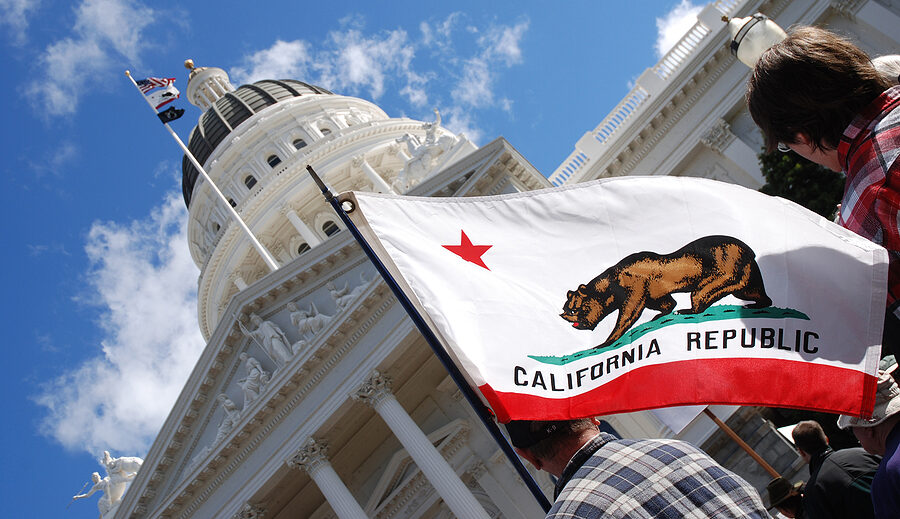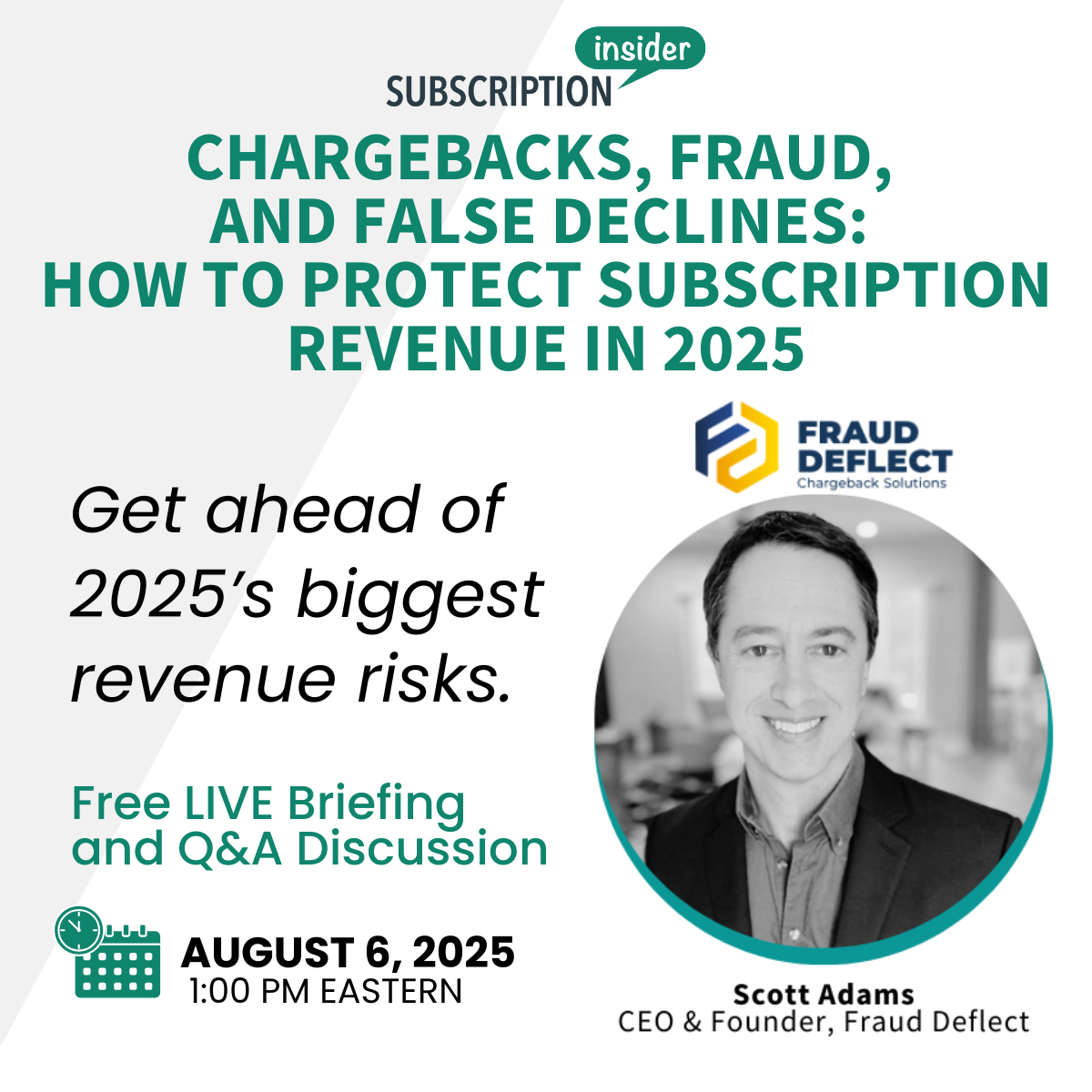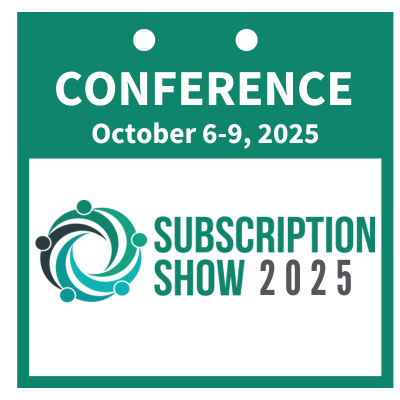
Politico Pro Shows that Subscription Growth Can Happen Alongside Free Offerings
Lorem ipsum dolor sit amet, consectetur adipiscing elit. Ut elit tellus, luctus nec ullamcorper mattis, pulvinar dapibus leo.
HELLO!
This premium article is exclusively reserved for Subscription Insider PRO members.
Want access to premium member-only content like this article? Plus, conference discounts and other benefits? We deliver the information you need, for improved decision-making, skills, and subscription business profitability. Check out these membership options!
Learn more about Subscription Insider PRO memberships!
Already a Subscription Insider PRO Member?
Please Log-In Here!
Up Next
Register Now For Email Subscription News Updates!
Search this site
You May Be Interested in:
Smarter subscriptions start here! Join subscription leaders solving the industry’s most complex growth










